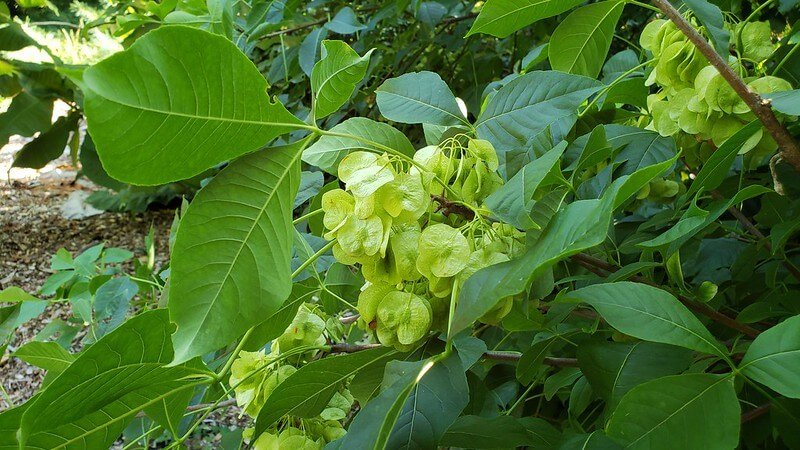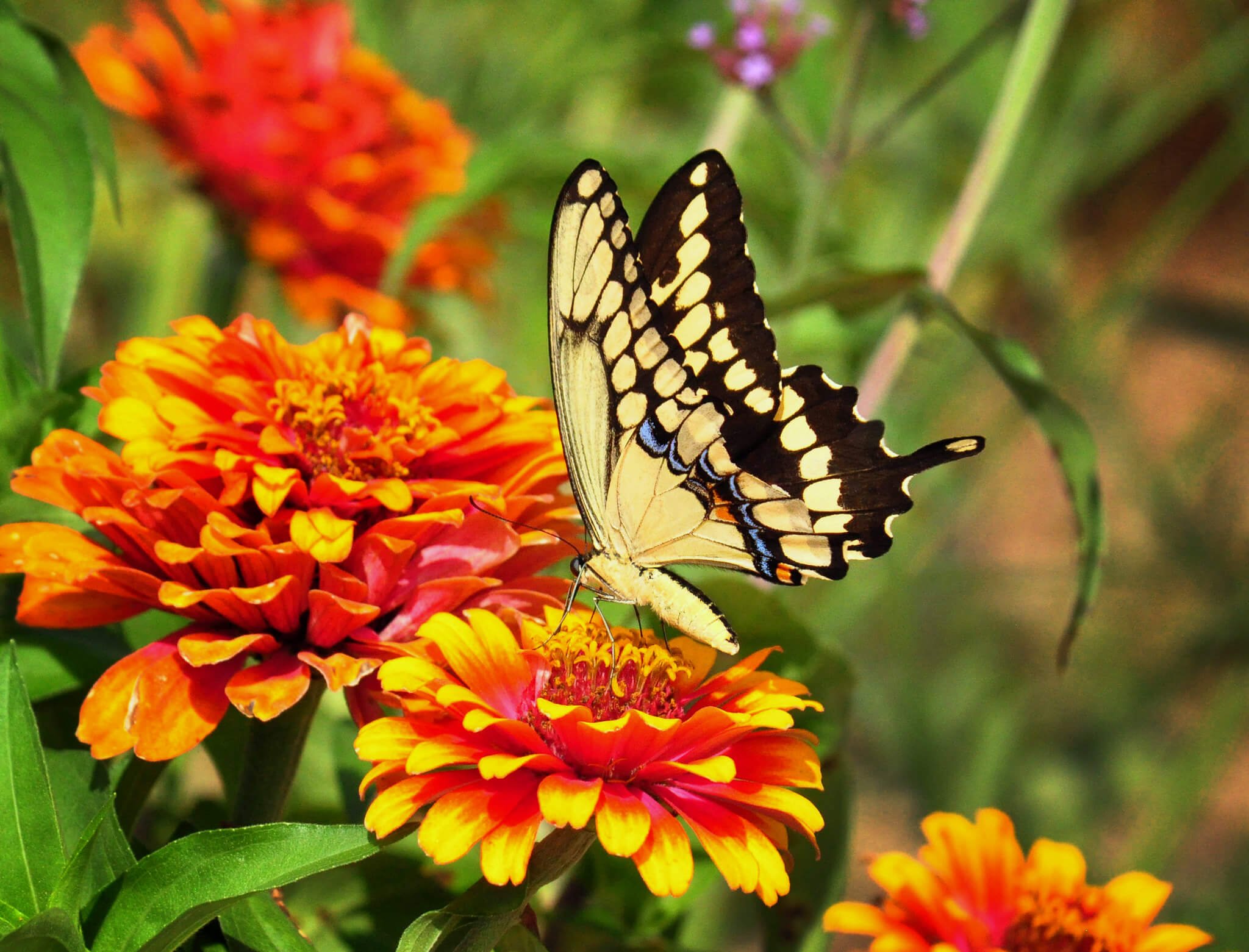Life Cycle: Perennial
Sun Exposure: Partial sun, Shade
Soil Moisture: Medium, Medium-dry
Height: 3 feet
Plant Spacing: 18-24 inches
Bloom Time: September-October
Bloom Color: Light Blue
Advantages: Pollinator Favorite, Bird Favorite, Recommended, but can be very vigorous
Host Plant: Pearl Crescent and 12 other species of butterflies and moths use this as a caterpillar host plant in our area (nwf.org)
Specialist Bee: Andrena aliciae, A. asteris, A. asteroides, A. canadensis, A. chromotricha, A. hirticincta, A. nubecula, A. placata, A. simplex, Perdita albipinnis, P. octomaculata, Pseudopanurgus aestivalis, P. andrenoides, P. compositarum, Melissodes boltoniae, M. confuses, M. coreopsis, M. dentiventris, M. druriellus, M. illatus, M. lustrus, M. menuachus, M. microstictus, M. niveus, M. semilupinus, M. subagilis, M. subillatus, M. tinctus, M. trinodis, Anthophorula asteris, Colletes americanus, C. compactus, C. rufocinctus, C. simulans, C. speculiferus, and Dianthidium simile (Johnson and Colla, 2023)
Complementary Plants: Heath Aster, Zigzag Goldenrod, White Wood Aster
Resource: Johnson, Lorraine, and Sheila Colla. A Northern Gardener’s Guide to Native Plants and Pollinators: Creating Habitat in the Northeast, Great Lakes, and Upper Midwest. Island Press, 2023












